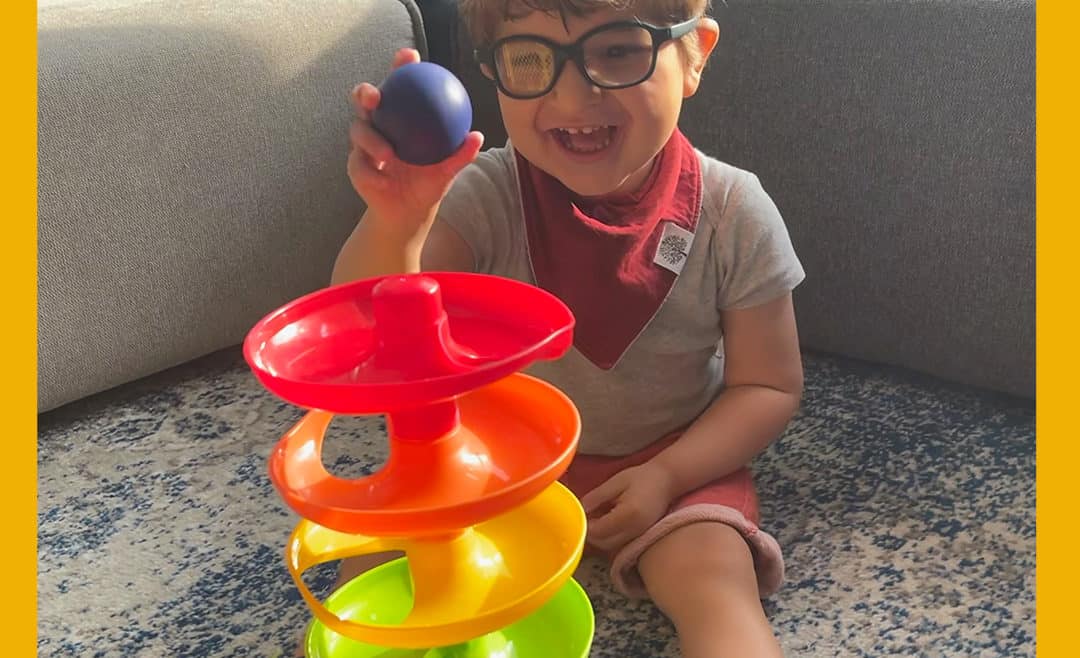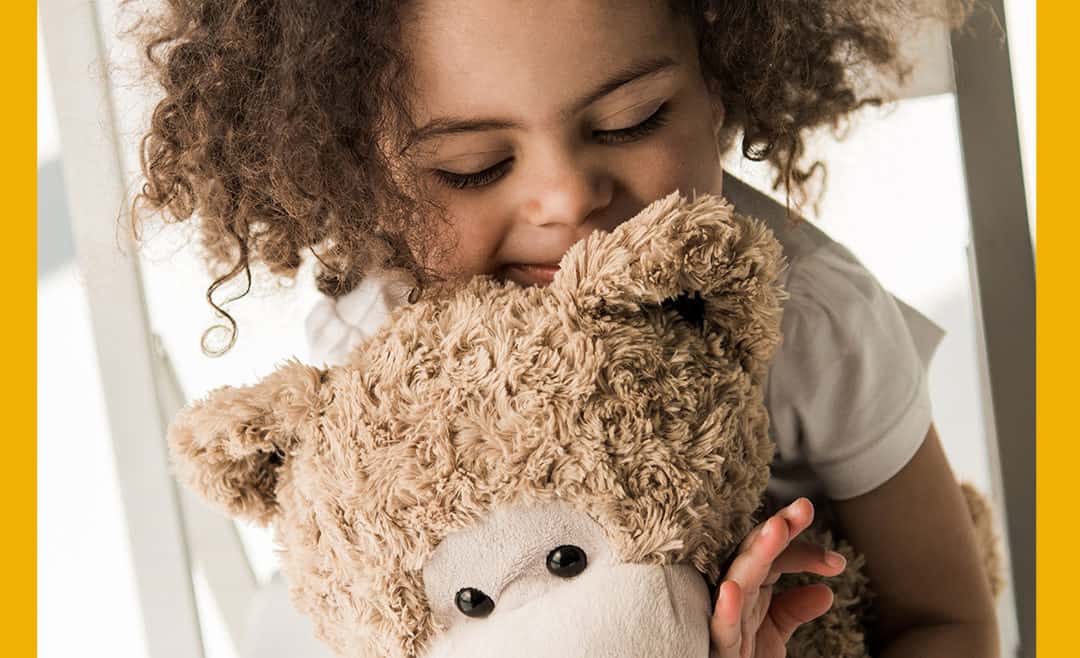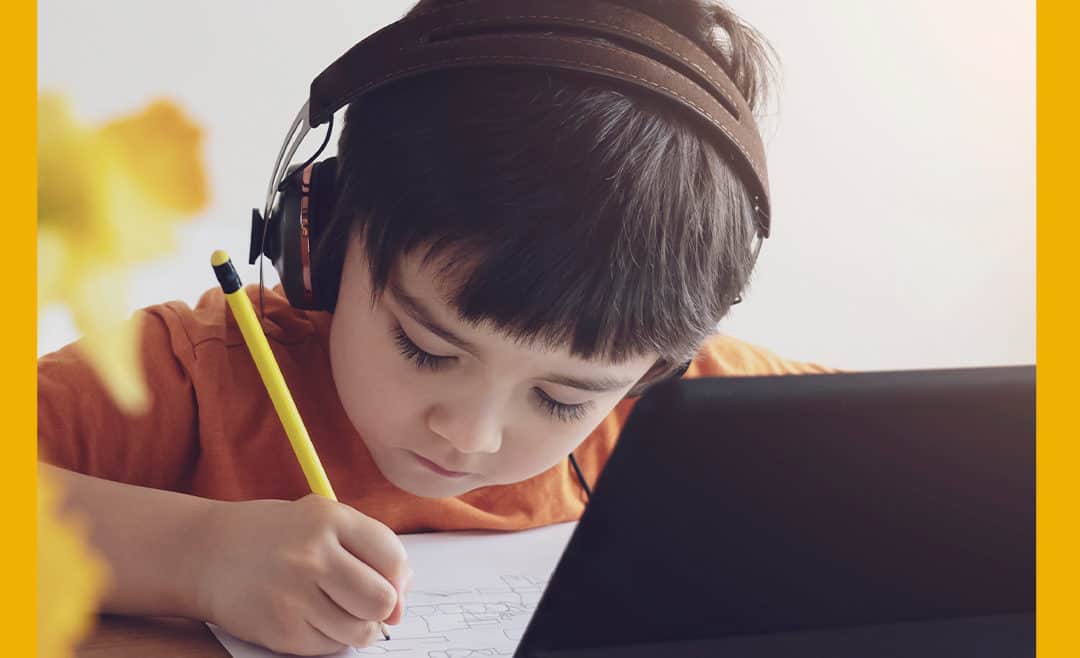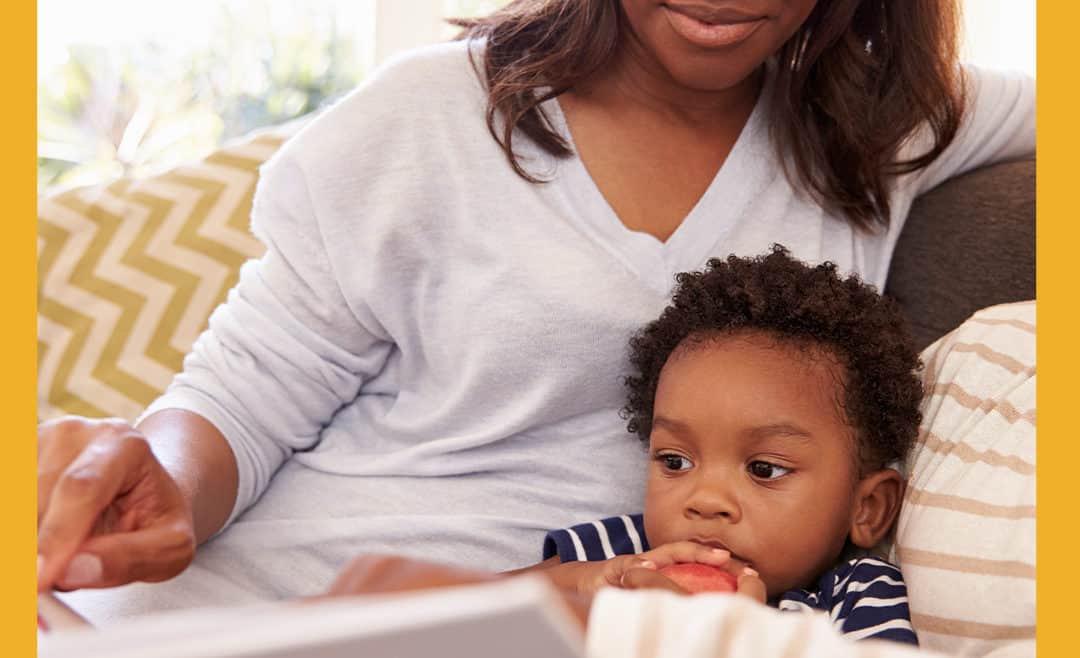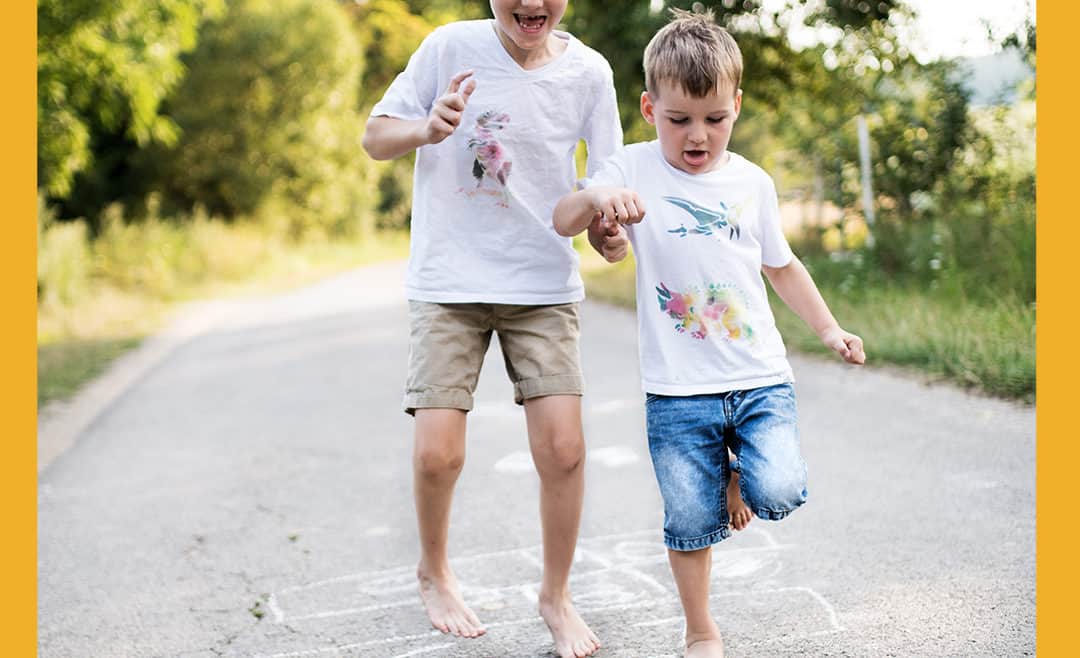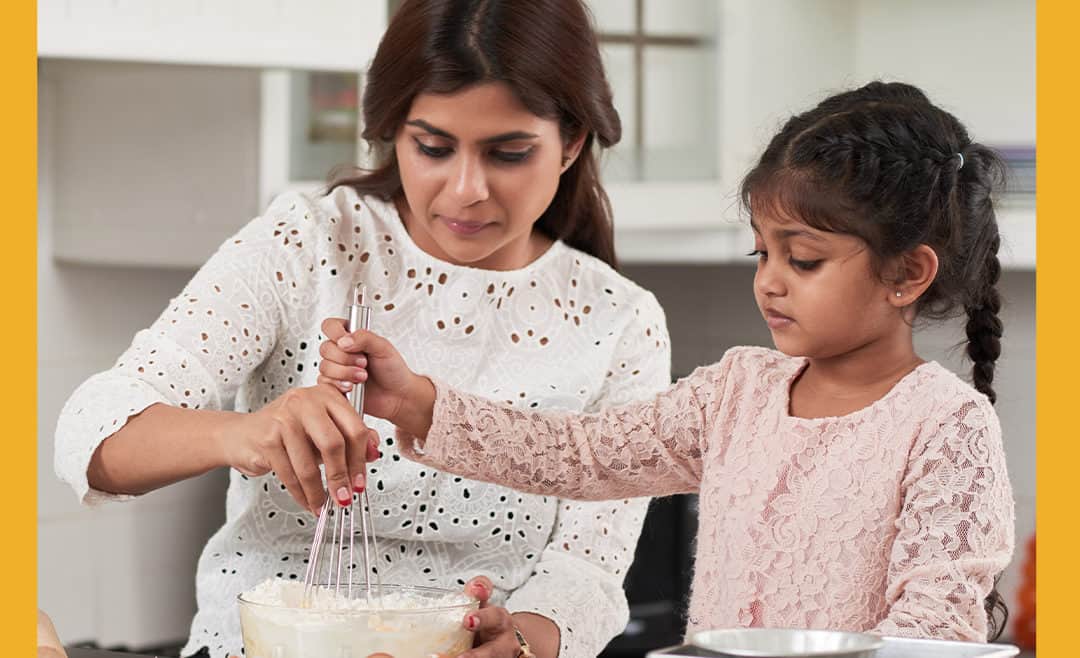October is National Physical Therapy Month, and we are ready to kick off the celebration! National Physical Therapy Month helps raise awareness of all the excellent benefits that come along with physical therapy, such as improving range of motion, flexibility, strength, balance, and much more.
Physical therapy is such an incredible tool for helping children and adults alike, and working with a physical therapist can genuinely change a person’s life for the better. On days that your child isn’t going to see a physical therapist, there are some wonderful activities that you can take part in as a family that will help work on their gross motor skills. Ready to get started? Here are 5 fun ways to get your child moving at home:
1. Animal Walk
Get ready to bring out your silly side! Place a piece of tape on the floor of one side of your living room and then another piece of tape on the other side of the room. Now, have your child walk like an animal from one piece of tape to the other. For example, you could have them walk like a crab, hop like a frog, walk like a dog, etc. Get creative and try to come up with as many different types of animal walks as you can think of!
2. Floor Ice Skating
If you don’t have time to visit an actual ice skating rink, bring the ice skating rink to your home! Grab two paper plates and have your child sit down and draw their best ice skate on each plate. Once they’re done, find a spot in your house where your child can skate the night away! Help them carefully stand on their skates, and then tell them to slide around on the “ice.”
3. Wheelbarrow Race
For this activity, you’ll need to work with your child to try and get from one point to the other as fast as you can. The tricky part? You’ll need to hold their legs up while they walk with their hands, mimicking a wheelbarrow. Grab a timer and see how long it takes you to get from point A to point B. Repeat the activity, try to beat your time, and see how fast you can go. If you have 4 people in your house, you can race against each other in teams of 2!
4. Traffic Light Stop and Go
You may want to bundle up for this next activity as it works best if you’re outside. Try to find a wide-open space where your child can run around, such as your yard or a park. You’ll begin on one side of the yard, and your child will start on the other side. When you’re ready, yell out “green light” and watch as your child starts running towards you. After a few seconds, you’re going to yell out, “red light.” Your child will need to stop in their tracks as quickly as possible. They must stay still until you decide to call out “green light” once again. Continue the game until your child makes it all the way to your side!
5. Toy Toss
This activity is an excellent way to work with your child on their eye/hand coordination while also cleaning up their toys in the process. First, you’re going to want to grab the basket or bin that you use to store your little one’s toys. Now, have them run around the room as fast as possible and grab each toy one at a time. Once they have a toy in hand, tell them to aim and toss it into the basket. Continue until all of the toys have been cleaned up!
Be sure to keep an eye on our social media (Instagram, Facebook, and Pinterest) all month long as we celebrate National Physical Therapy Month! We’ll be sharing tips, activities, resources, and more! As always, please don’t hesitate to contact us at any time to discuss if your child would benefit from pediatric therapy. Our team is here to support both you and your child in any way that we can.

